Comparing maintenance operations: In-house vs. Outsourced
Understanding maintenance operations
Maintenance operations are the backbone of any industrial setup, ensuring the longevity and efficiency of machinery. These operations involve routine checks, repairs, and upgrades to keep equipment running smoothly. In industries like manufacturing or logistics, the reliability of machines directly impacts productivity and profitability. Therefore, companies need to choose the right type of maintenance operation that aligns with their strategic goals and operational needs.
The choice between in-house and outsourced maintenance operations is critical. It can determine how effectively a company can respond to machine failures, manage costs, and maintain product quality. As businesses strive to optimize their operations, tools like OEM maintenance management and industrial OEM solutions become pivotal. They offer frameworks for managing maintenance efficiently and can be integrated with broader operational strategies to enhance business success.
Advantages and disadvantages of in-house maintenance
Having an in-house maintenance team offers unmatched control over operations. Companies can tailor maintenance tasks to suit specific business needs and respond swiftly to any issues. This autonomy often translates to higher quality maintenance, as in-house teams are familiar with the company’s operations and machinery intricacies. Additionally, in-house teams can work closely with other departments, ensuring seamless communication and coordinated efforts.
However, maintaining an in-house team can be costly. Companies must invest in hiring skilled personnel, continuous training, and purchasing necessary tools and technology. This can strain the budget, particularly for smaller businesses. Moreover, scaling operations to meet increased demand or handle new technologies may require additional resources, which can be challenging to manage without external support.
Pros and cons of outsourcing maintenance
Outsourcing maintenance operations can lead to significant cost savings. By leveraging the expertise of specialized service providers, companies can access advanced skills and technology without incurring the costs of training and equipment. This approach offers flexibility, allowing businesses to scale services up or down based on demand, making it ideal for fluctuating needs.
Despite these advantages, outsourcing can present challenges, particularly in communication and control. Companies may experience delays in response times or face challenges in ensuring that outsourced work meets their quality standards. Furthermore, reliance on external providers can lead to potential vulnerabilities, especially if there are changes in service agreements or provider capabilities. Ensuring cyber resilience, especially in the face of regulations like the Cyber Resilience Act (CRA), is crucial when outsourcing maintenance functions.
Cost comparison: In-house vs. Outsourced
When comparing costs, in-house maintenance typically involves higher upfront expenses. These include recruitment, training, and infrastructure investments. However, these costs can be offset by improved control and potential long-term savings from efficient operations and reduced downtime. Companies also benefit from having dedicated staff who understand their specific machinery and operational nuances.
Outsourcing, on the other hand, offers a pay-as-you-go model. Companies can manage expenses more flexibly, paying only for the services they need. This model generally leads to lower immediate costs but can become expensive if service needs are constant or if there’s a need for intensive customization. Evaluating both direct and indirect costs, such as downtime and quality control, is essential to determine the true financial impact on the overall budget.
Making the right choice for your business
Deciding between in-house and outsourced maintenance depends on several factors, including company size, industry specifics, and budget constraints. Larger companies with complex operations might benefit from an in-house team that can be integrated with other departments and processes. In contrast, smaller businesses or those with less frequent maintenance needs might find outsourcing more economical and flexible.
Strategic goals also play a role in this decision. Companies focused on innovation and rapid growth may prefer outsourcing to access specialized skills quickly and cost-effectively. On the other hand, organizations aiming for high control and quality might lean towards in-house teams. Ultimately, the decision should align with the company’s long-term goals, resource availability, and the criticality of maintenance operations to its success.

